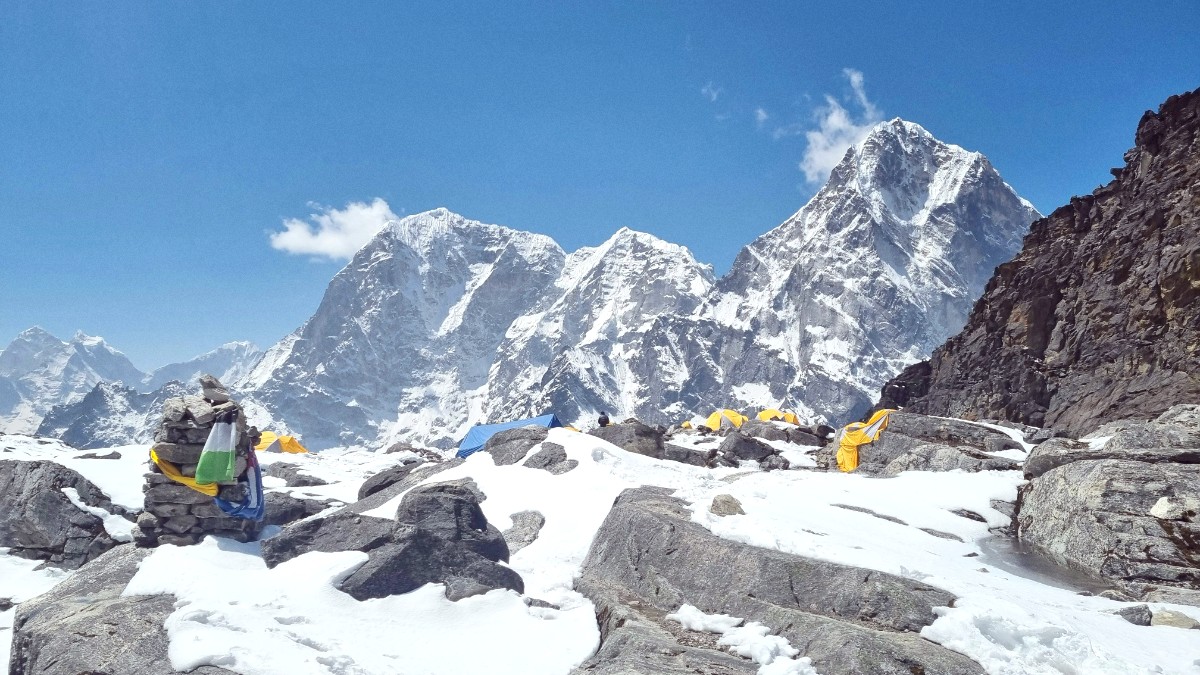
Nepal
Nepal has two main mobile network providers: Ncell and Nepal Telecom (NTC). Both offer prepaid SIM cards. You purchase a SIM card upon arrival at Tribhuvan International Airport (TIA) in Kathmandu or from various outlets in Thamel. Your passport, a photocopy, and one passport-sized photograph are necessary for registration.
Wi-Fi access varies greatly depending on your location. In Kathmandu, it's widely available and often free. On the EBC trek, most teahouses offer Wi-Fi, usually for a fee. Prices climb with altitude, and connection speed can be slow.
Postal services exist in Kathmandu but tend to be slow for international mail. For reliable package shipping, international courier services like DHL or FedEx maintain offices in Kathmandu.
Nepali is the official language. English is common in tourist areas, including Kathmandu, Pokhara, and among guides or teahouse owners on popular trekking routes. English proficiency lessens in more remote villages.
Even a few Nepali words, like "Namaste" and "Dhanyabad," make a difference. Locals welcome the effort.
Generally open from 9 AM to 7 PM in Kathmandu. Tourist shops in Thamel often extend their hours. On trek, teahouse dining halls open early for breakfast (around 6 AM) and close after the last diners (around 9 PM).
Typically operate from 10 AM to 4 PM, Sunday to Friday. They close on Saturdays and public holidays. ATMs are available 24/7 in major cities, but cash supply can be intermittent. The ATM in Namche Bazaar can be unreliable, and no ATMs exist beyond Namche.
Nepal observes numerous public and religious holidays. During these times, government offices, banks, and some businesses might close or operate with reduced hours. Major festivals like Dashain and Tihar can lead to widespread closures and transportation disruptions. Checking the holiday calendar is wise if your trip falls during these times.
In the Everest region, notably during deep winter (January-February) and monsoon (July-August), many higher-altitude teahouses might close. Extreme weather conditions or a lack of trekkers cause these closures. This limits available accommodation and food options, especially at higher elevations.
Kathmandu's Tribhuvan International Airport (TIA) and Lukla Airport (Tenzing-Hillary Airport) offer various services for travelers. Being aware of these can smooth your travel experience, especially concerning delays and lounge access.
Cash is king on the EBC trek. Withdraw enough Nepali Rupees in Kathmandu or Lukla. Expect higher prices for goods and services at increased altitudes.
The Sherpa people possess a rich heritage. Thoughtful interactions help preserve their way of life and lead to more meaningful connections.
The most common greeting is "Namaste" or "Namaskar," spoken with palms together in a prayer-like gesture, often with a slight bow. This gesture suits all situations. When visiting temples, monasteries, or other religious sites, dress modestly. Shoulders and knees need covering. Take off your shoes before entry.
Eat with your right hand. Do not use your left hand for eating or handing things over. Finish what is on your plate; avoid wasting food. Tipping guides and porters is customary and greatly appreciated. A small tip in Kathmandu restaurants (5-10%) is customary if no service charge appears on the bill.
Always ask for permission before photographing people, especially monks or during religious ceremonies. Respect any refusal. Avoid intrusive photography in private settings. The head is sacred, the feet as impure. Do not touch someone's head. Avoid pointing your feet at people, religious objects, or kitchen areas. Public displays of affection are not common. Refrain from strong criticism of local politics or religion.
Nepali society maintains a generally conservative stance. Public displays of affection, especially same-sex affection, are not common. While homosexuality is decriminalized, LGBTQ+ rights and acceptance are still developing. Maintain discretion and respect local sensibilities throughout your journey.
For the EBC trek, basic amenities are the norm. Personal adaptability holds value. Carrying extra toilet paper and hand sanitizer is always a good idea.
Thorough health and safety preparations are fundamental for a comfortable and secure Everest Base Camp trek.
A well-stocked personal medical kit is necessary. Include pain relievers, blister treatment, antiseptic wipes, and any personal medications. Consult your doctor well before your trip for recommended vaccinations (e.g., Hepatitis A & B, Typhoid, Tetanus, Rabies, Japanese Encephalitis) and malaria precautions.
Clean drinking water prevents illness. On the trek, use a water purification system (filter, tablets, or UV purifier) instead of buying bottled water. This lessens plastic waste. Eat only well-cooked food. Avoid uncooked vegetables, unpeeled fruits, and street food unless you feel sure of its hygiene.
Acute Mountain Sickness (AMS) can affect anyone at high altitudes. Gradual ascent, proper hydration, and listening to your body are . Acclimatization days on the itinerary are not optional; they are fundamental for safety. Descend immediately if symptoms worsen.
Comprehensive travel insurance, including helicopter evacuation coverage, is mandatory. Share your itinerary and emergency contact information with family or friends back home. Your trekking agency should outline their emergency protocols before the trek begins.
Kathmandu provides modern hospitals for serious medical conditions. Transport to these facilities often involves taxi or private vehicle.
The Himalayan Rescue Association (HRA) runs aid posts in Pheriche and Manang, staffed by volunteer doctors, providing basic medical care and altitude sickness consultations.
Learn more about HRASmaller clinics with limited resources exist in some larger villages along the trekking route. For serious cases, evacuation to Kathmandu is typically arranged.
Prioritize your health and safety. Thorough preparation and informed choices contribute to a rewarding and trouble-free trekking experience.